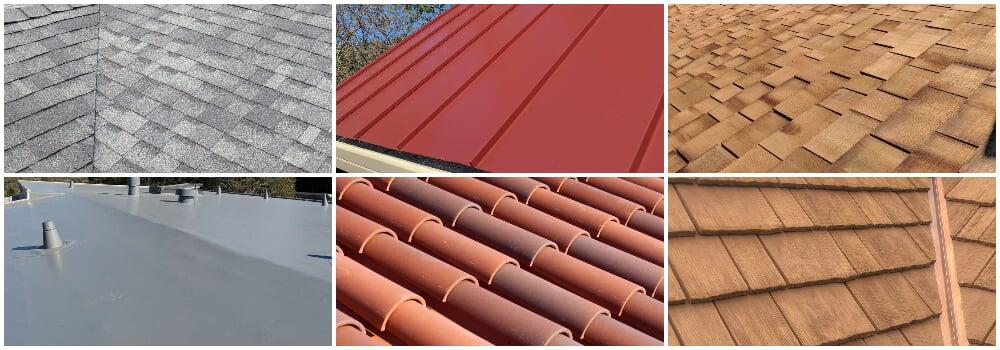
Roof types are an important aspect of your home's design. They can go a long way in helping you determine the look and feel of your living space. If you are looking to remodel or even just update your roof, then it is important that you know about the different kinds of roofs available today.
Asphalt Composition Shingles Roof
A composition shingle consists of thin layers of asphalt or other materials with a paper face. The name comes from the layer-by-layer process by which the materials are applied to the structure through laminates.
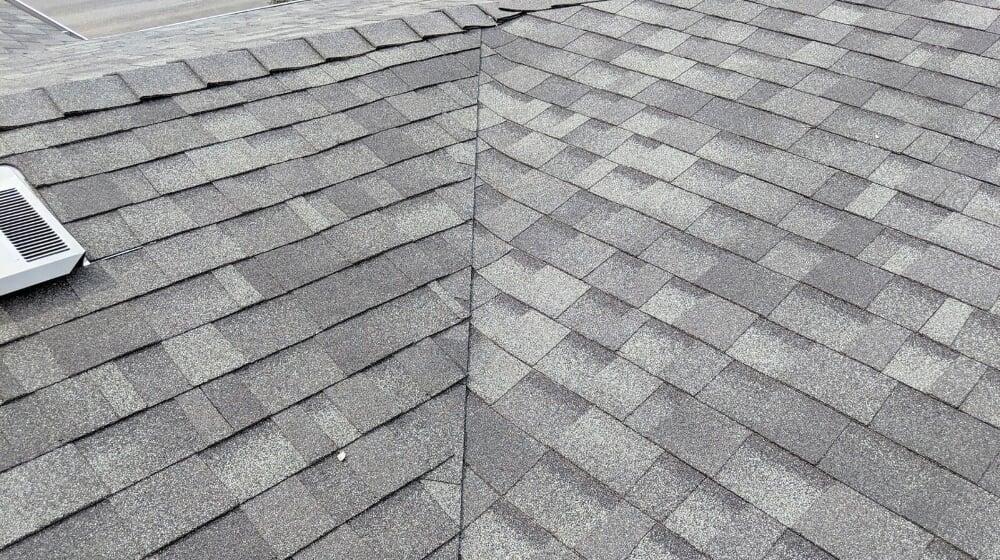
- This kind of roof is affordable, light, strong, and very durable.
- The composition shingles come in various colors and styles, so you can choose the one that best suits your preferences and style of your home.
- These shingles provide fire resistance and even help prevent the growth of mold, algae and fungi.
- In case of damage, the shingles can be replaced individually, easily and quickly.
- The composition shingles might not be able to withstand a strong windstorm, so they might blow off or get damaged by hail.
- This roof can be tricky to install correctly. If you don’t know how to install these kinds of shingles or if you choose the wrong type of roofing material, you risk damaging your property.
- This is not the most durable option in time (it lasts about 20 years, against a metal roof that can last up to 60).
Metal Roof
Metal roofing is a type of roofing material that consists of sheets of metal, usually galvanized steel, flat or corrugated.
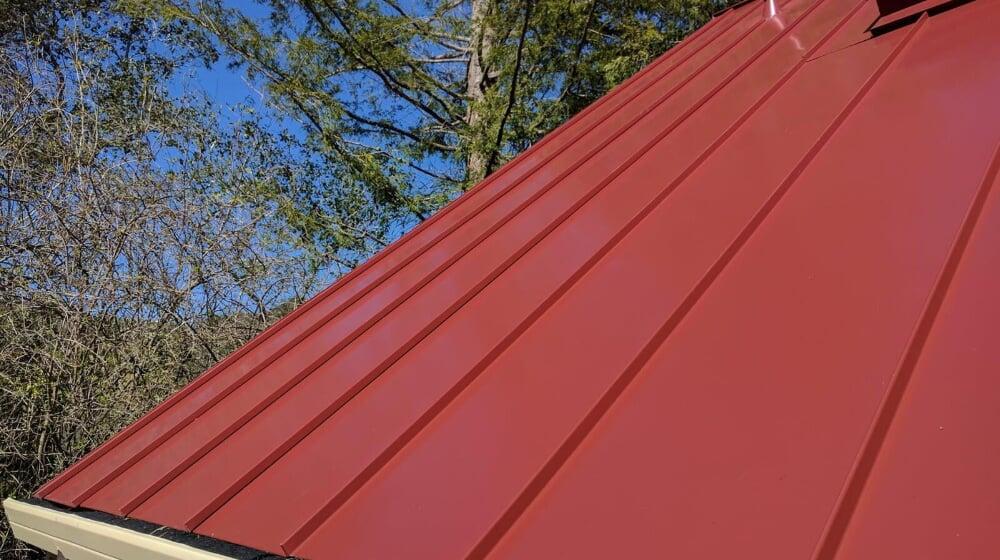
- Metal roofs are more durable than other roofing options and can last for decades. They also do not require maintenance, which means less time and money spent on repairs.
- They have fire protection, which means that the sheets will not catch fire and are considered the safest roofing material.
- Metal roofs can withstand hail, rain and snow better than conventional materials.
- They are environmentally friendly: they are 100 percent recyclable.
- This type of roof is also energy efficient, it will keep you cool in the summer.
- Metal roofs are more expensive than other kinds of roof systems.
- This kind of roof can be noisy in case of rain or hail storm, or when the temperature changes, due to the expansion and contraction of the material.
- If a part is to be replaced after several years, there may be a change in tonality, due to natural color degradation.
Tile Roof
A tile roof, also called a terracotta roof, is a type of roof with tile covering. The tiles are usually made of clay and resemble slabs of stone or slate.
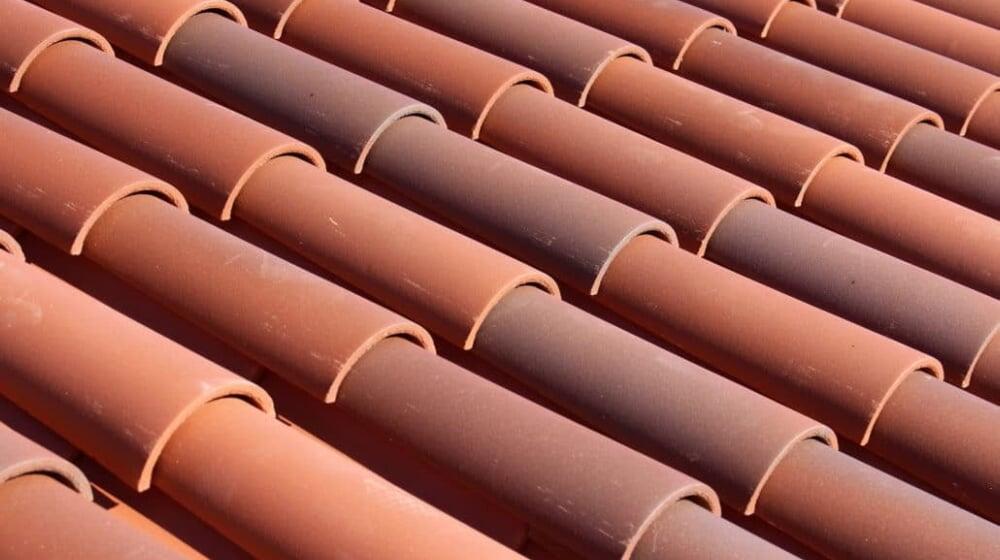
- They are easy to maintain and repair.
- Tile roofs are durable and will last a long time.
- Tile roofs are more energy efficient and better for the environment than another type of roof like an asphalt roof.
- They are fire resistant because their material is not combustible. No special treatment is needed to achieve such protection.
- If the roof tilt is low, there could be problems with drainage and water damage.
- Tile roofs can be slippery when wet or cold.
- If you live in an area prone to hail storms, tile roofs can crack and break if hit by a hailstone.
- Tile roofs can be dangerous if there is a strong storm or fire, as tiles could fall off the roof and become projectiles.
- In addition, tile roofs cost more than conventional tiles because of their durability and aesthetic qualities.
Wood Shingles Roof
Wood shingles are a type of roofing material which is made from thin layers of wood. These types of roofs are usually made of white pine or cedar.
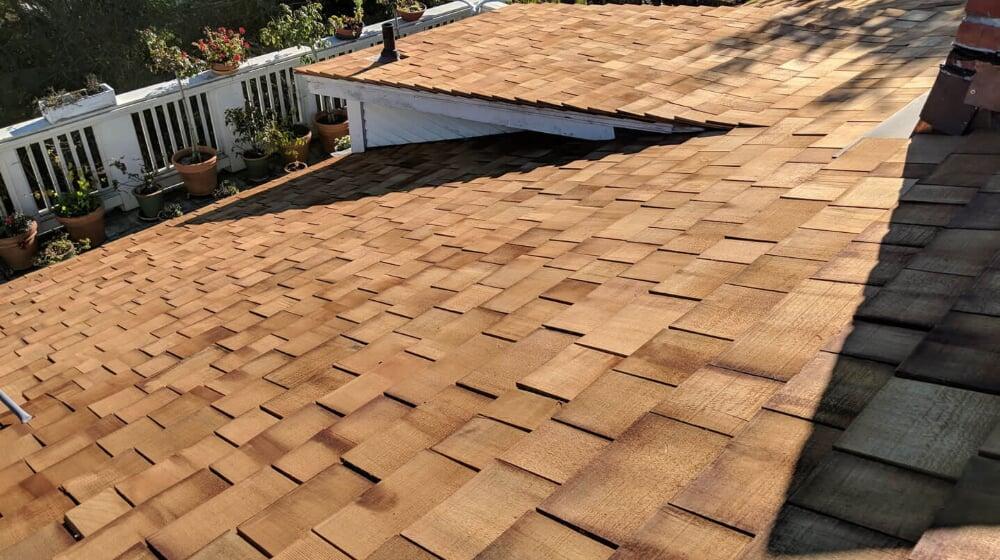
- Wood shingles are lightweight and easy to install.
- This kind of roof is considered eco friendly, as it doesn't release harmful chemicals into the air.
- They are less expensive than other roofing options.
- Appearance: Cedar shakes/shingles have a natural, timeless look that complements just about any setting.
- Wood shingles are prone to rot, so you’ll need to replace them every few years. If they get wet or damaged by a storm, they may not be able to act as an effective protective shield against rain or wind.
- They can leak, crack and break after a few years.
- Wood shingles are not fire retardant or waterproof, and are vulnerable to damage from pests and mold.
- Due to the sun and weather, they can vary in color over time.
PVC Roof
A PVC roof is a type of roofing material that consists of plastic sheets or rolls. They are made from high quality polyvinyl chloride (PVC) and can be used in residential and commercial construction.
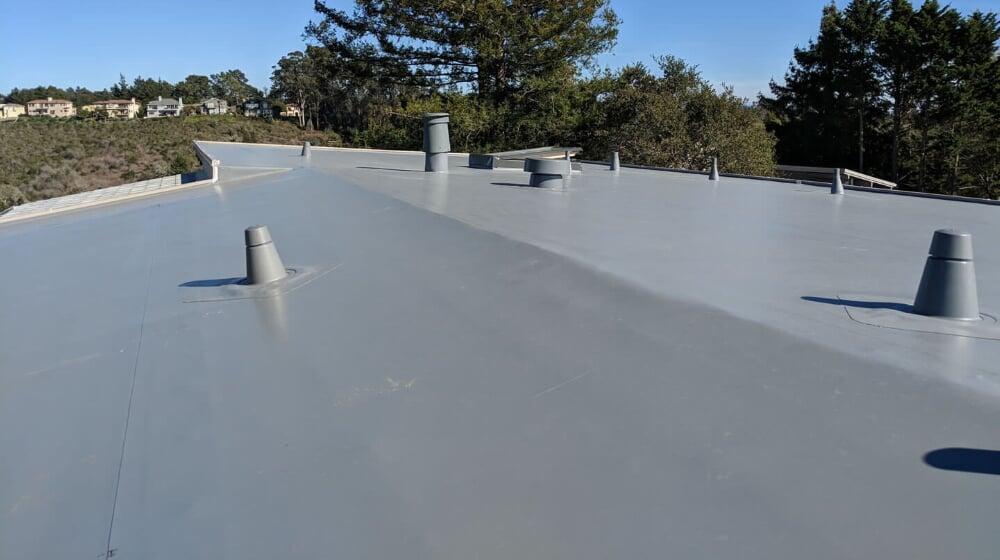
- It is the best choice for flat roofs due to waterproofing where water accumulates.
- This is an environmentally friendly material. They are 100% recyclable membranes.
- It is also less expensive than metal and other materials.
- PVC is lightweight, affordable and easy to install.
- This material is fire and wind resistant. These roofs do not burn easily, burn slowly and become extinct when the flame source is removed. Due to their durable seams, these roofs are remarkably wind resistant.
- PVC roofs are susceptible to leakage, especially if you do not take proper precautions when installing them.
- You should keep the roof clean to prevent mold growth and leakage.
- PVC roofing systems typically do not perform as well in cold climates. When it becomes too cold, PVC becomes brittle and can crack or even shatter if walked on.
Synthetic Roof
A synthetic roof is a type of building material that is made from plastic or other durable, non-organic material. The name 'synthetic' comes from the fact that these materials are manufactured by chemical processes instead of being produced by plants.
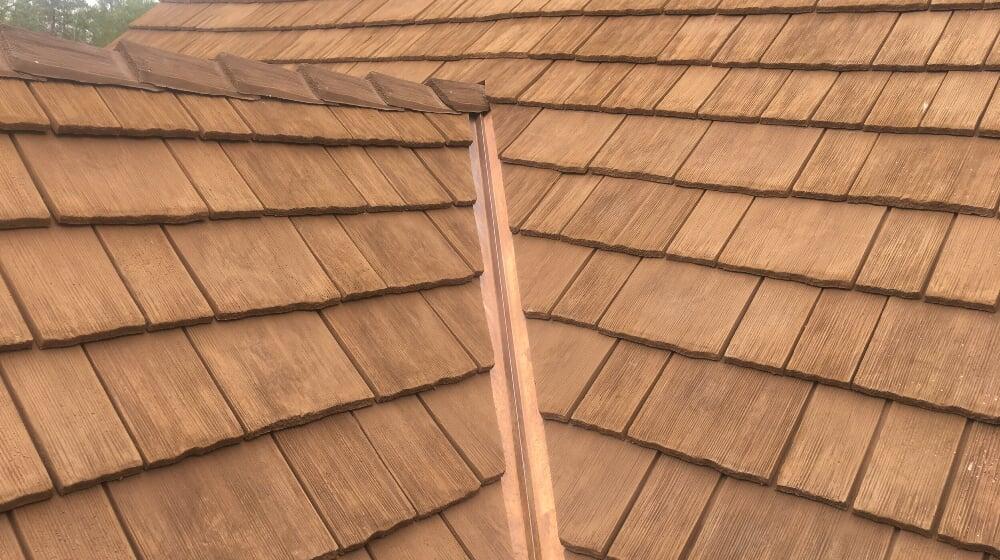
- It’s lightweight, efficient, durable and waterproof.
- Synthetic roofs are made of a synthetic material that is much more durable than traditional roofing materials. It doesn’t rot, crack or absorb water like wood, and it also allows for better ventilation in the summer.
- Synthetic roofs are made of a variety of materials and can be designed to look like real wood, metal, or even tile.
- It is expensive to produce and requires a lot of energy.
- They may undergo color changes due to sunlight.
- Depending on the manufacturer, it may not look like a real roof and look bad aesthetically.
Kind regards from the Moriarty Roofing Family.






